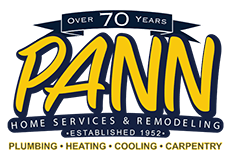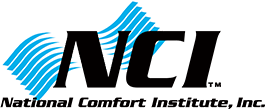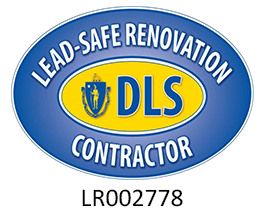Other than the occasional sound of cycling on and off, and of course the cool or warm comfort it provides, your HVAC system is pretty much out of sight, and out of mind. But that doesn’t always mean it’s running at max efficiency and peak performance. In fact, as systems age, they become less efficient which drives up utility costs, not to mention the costs associated with more frequent repairs.

Do you suspect your HVAC system isn’t as energy efficient as it once was? Here are 6 tell-tale signs.
- 1. Temperature Fluctuates from Room to Room
The size, design, and maintenance of the air handler – the indoor unit responsible for moving air throughout a home – and the ductwork it’s attached to are critical to achieving a desired indoor temperature. If poorly designed and under or over-sized, you may experience unpleasant hot and cold spots. Additionally, lack of routine maintenance can result in dirt and dust buildup and reduce system capacity.
- 2. The House is Humid Even When AC is Running
The job of an air conditioner is not only to cool a space but to remove excess moisture from the air. If you feel clammy while the AC is running and find yourself turning down the thermostat more and more to find relief, the system is not working as it should. As a result, it works harder and consumes more energy, driving up utility costs. This could be due to a loss of refrigerant, a maintenance issue, or signs that the system is approaching the end of its useful life. Either way, it’s an issue that needs attention.
- 3. The HVAC System Runs Constantly
An under-sized system will struggle to keep a home at a comfortable temperature, resulting in substantial energy waste. Perhaps you added on to your home and your existing system no longer matches the larger footprint. Or it can no longer provide sufficient power for the climate. Either way, you’re bound to see more frequent equipment break downs and an increase in energy bills.
- 4. You’re Heating or Cooling Your Entire House
Older, traditional HVAC systems feature a single zone with a single thermostat that controls the temperature for the entire home. A common complaint is that it’s difficult to maintain the desired temperature throughout the house. Not only does a single zone system waste energy in an attempt to condition the air in every area of the home at once, it doesn’t allow for individualized comfort.
- 5. Your Utility Bills Have Increased
Unless your utility company has increased your rates, you’ve changed your heating or cooling habits, or installed an energy-hogging appliance, your monthly costs should be fairly consistent from year to year. A slight increase is to be expected as a system ages, but if yours have skyrocketed, it’s an indicator that your system is working much harder than it should to keep up with demand.
- 6. You Notice More Frequent Breakdowns
Like all major appliances, your HVAC system will require the occasional repair. But if you’re calling for service more often than you did just a few short years ago, it could be a sign that one or more of your HVAC units are wearing out. Once this happens, a homeowner should consider replacement, especially if the system is approaching the end of its expected lifespan.
Cooling and heating your home can be expensive, especially if you’re stuck with an old, inefficient system. For HVAC maintenance, repair, or new system installation, contact Pann Home Services today, your trusted home comfort specialists.









